This aromatic hot or iced Roselle Tea recipe, also commonly known as hibiscus tea or flor de jamaica, is deep red and strongly antihistamine, compounded by the (optional) addition of another antihistamine herb: ginger root. Figuring out how to make hibiscus tea with dried leaves, ginger, and sweetener is as simple as following the proper ratios below.

Jump To
About this recipe
Super Simple: just like with my tulsi tea, it couldn't be easier to make and customize this sweet hibiscus tea with ginger. Try adding in different seasonal herbs from your garden or playing around with different types of simple syrup to sweeten.
Natural Antihistamine: you can make a huge variety of herbal low histamine teas, but the best ones for you will be those which make use of large amounts of herbs, as it will increase and concentrate the healing phytochemicals (plant power!). Some of the most potent antihistamine foods are rich in vitamin C, just like this tea.
Easy to Freeze: I accidentally bought a full pound of hibiscus tea last year (which is SO much more than I expected), and after making several different iterations, this verison with ginger ended up being my favorite hibiscus tea recipe. However, over time this left me with a lot of tea, which I most often froze in ice cubes and melted in the microwave every time I wanted another cuppa. This works great, especially if you pre-sweeten it!
Ingredients
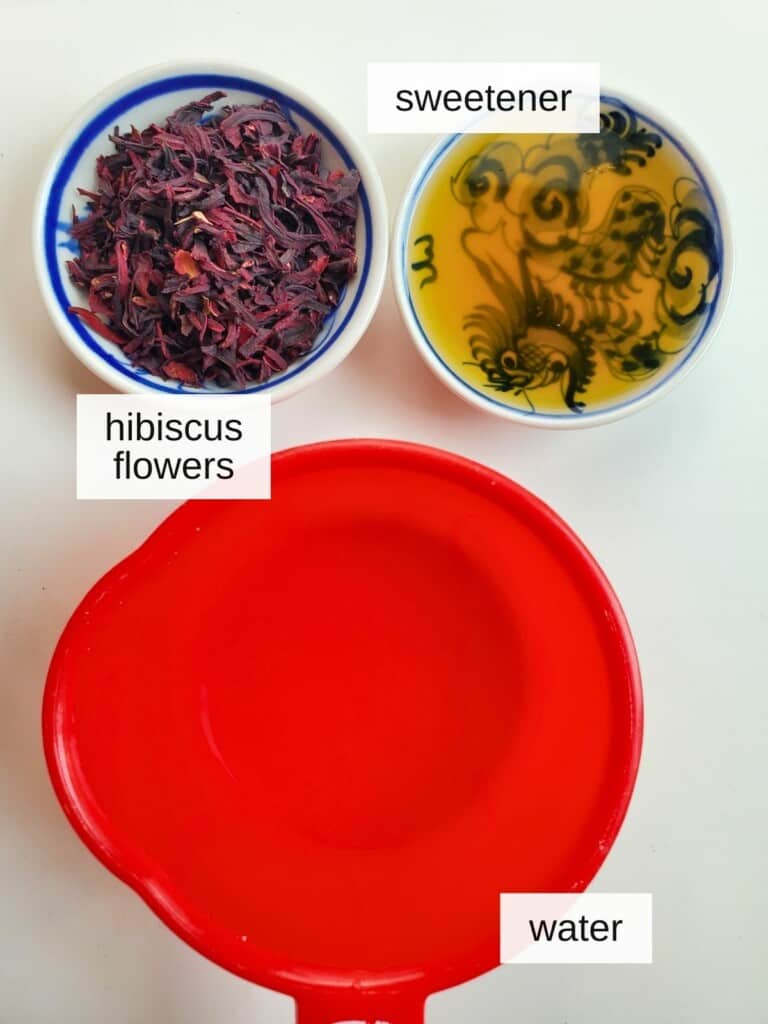
Hibiscus Flowers: this is technically the only required one of these ingredients for hibiscus tea, also called roselle tea. These tart leaves are actually the petals of a still, vibrantly red flower which is rich in vitamin C, an antioxidant that helps stabilize mast cells and makes certain essential nutrients more easily absorbed. Alternately, you can use ½ cup of fresh hibiscus flowers, seed pods removed, for every cup of water.
Ginger (optional): possibly the best-known low histamine spice, ginger is the sharp, mildly sweet root of a flower; it’s been used for thousands of years in dishes both sweet and savory. If you don't like ginger, other herbal alternatives include chamomile, wild lavender, or galangal.
Agave or Manuka Honey (optional): there are a multitude of low histamine sweeteners you can use in tea, but by far my favorite is manuka honey. Not only is it great for the digestive system, but manuka honey has been proven to lessen allergy symptoms, like those of histamine intolerance. For an alternative, try my sugar-free simple syrup or agave syrup.
How to make roselle tea: step-by-step instructions

Step 1. Set 1 cup of water to boil on high, then measure out your roselle tea and cut & peel your ginger (if using).

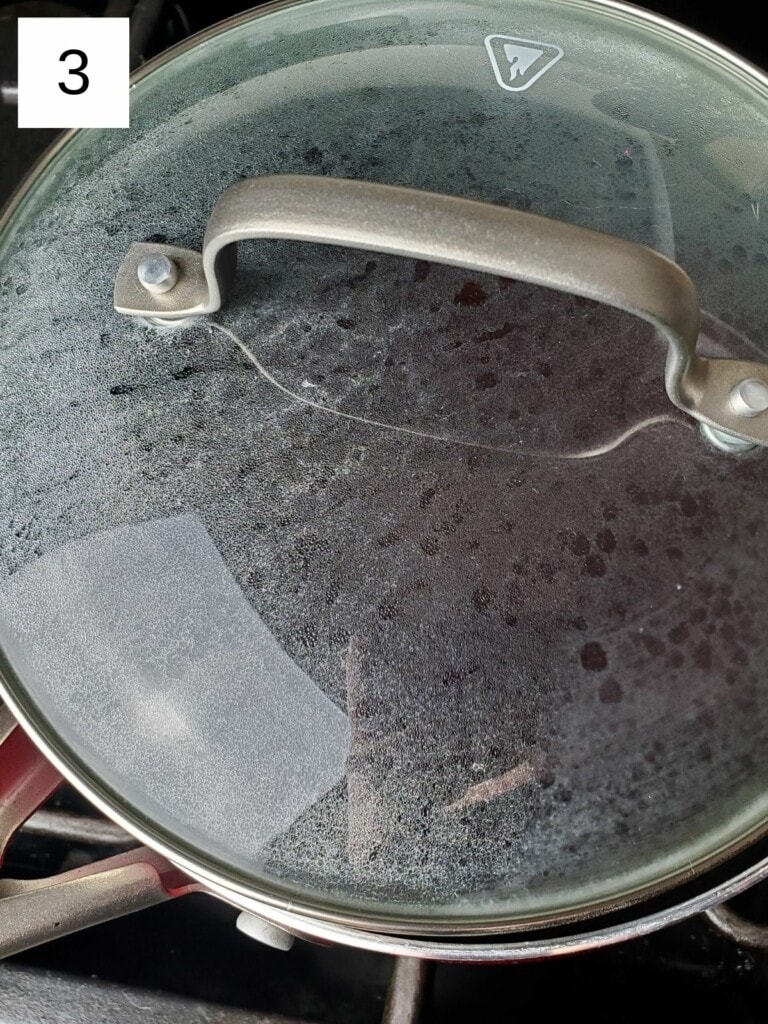
Step 2. Once the water is boiling, add the dried hibiscus leaves, stir them until wet, and then put lid on askew and let it steep for 10-15 minutes.
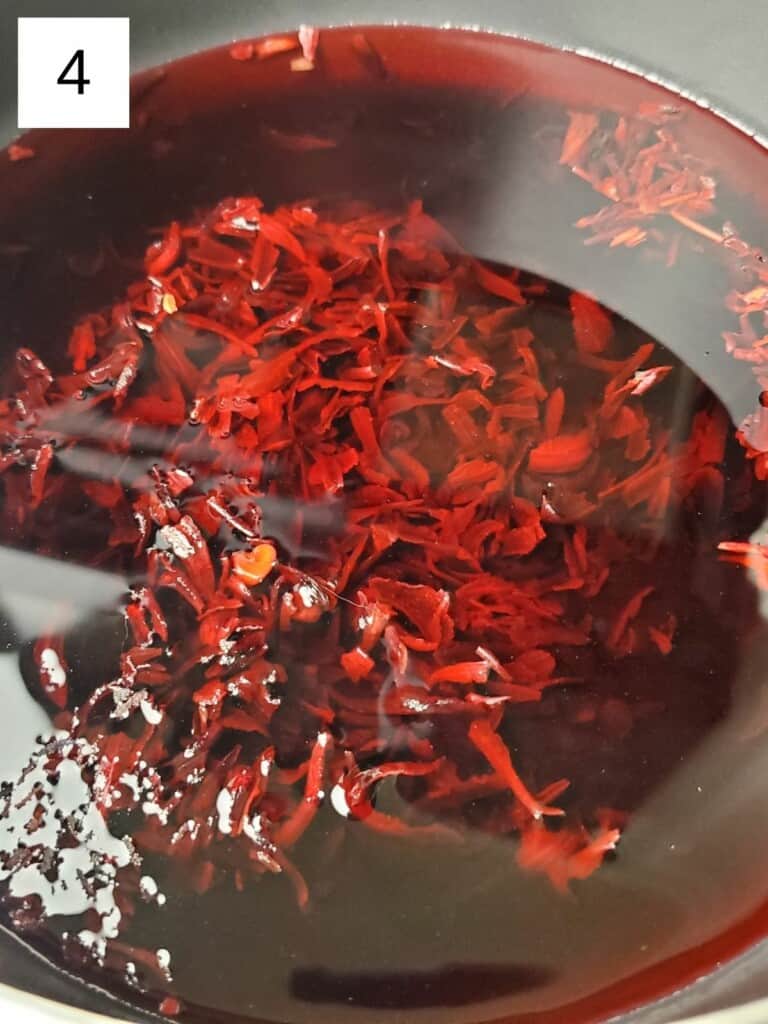

Step 3. Filter the mixture to remove the flowers, then stir in your liquid sweetener if using (ginger syrup is a great alternative), and enjoy! If you want it over ice, put it in the fridge for about an hour, covered, then add ice & enjoy.
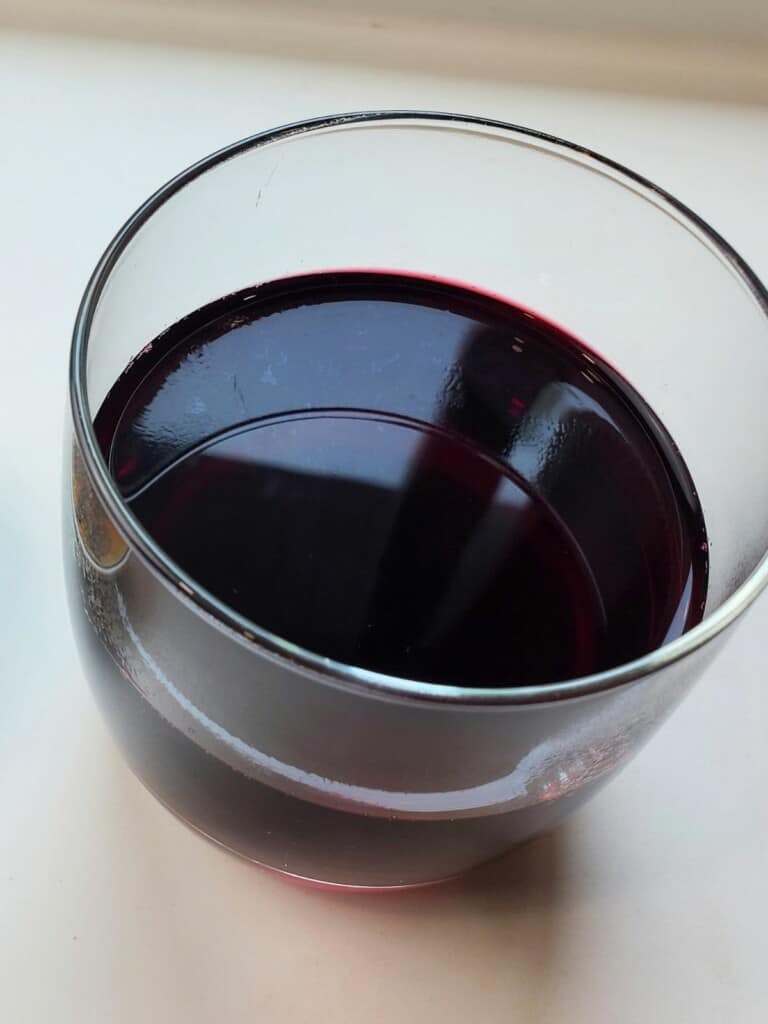
Recipe notes & tips
What does hibiscus taste like?
Hibiscus has a tart, tangy, and quite sour flavor with floral and fruity undertones, depending on how long you let it steep. It's most often compared to the taste of cranberries or pomegranate, but the intensity can be lessened with the addition of fizzy water or tap water, and is generally refreshing and enjoyable.
How long does roselle tea last?
The shelf life of dried roselle tea can vary depending on how it's stored, but in an airtight container in a cool, dry place, it can last for up to two years. However, it's always best to check for a musty or off smell before making it. You can also prepare roselle tea ahead of time and keep it covered on the stove for an afternoon, but any longer and I'd turn it into ice cubes to reheat when I'd like more tea.
Can I skip the ginger, or use a different herb?
Yes! You can make hibiscus tea with just the dried flowers, or you can add any type of complementary herb, fruit, or sweetener to the brew, as most people do. I recommend either berries, mint, or even apple juice to mix it up.
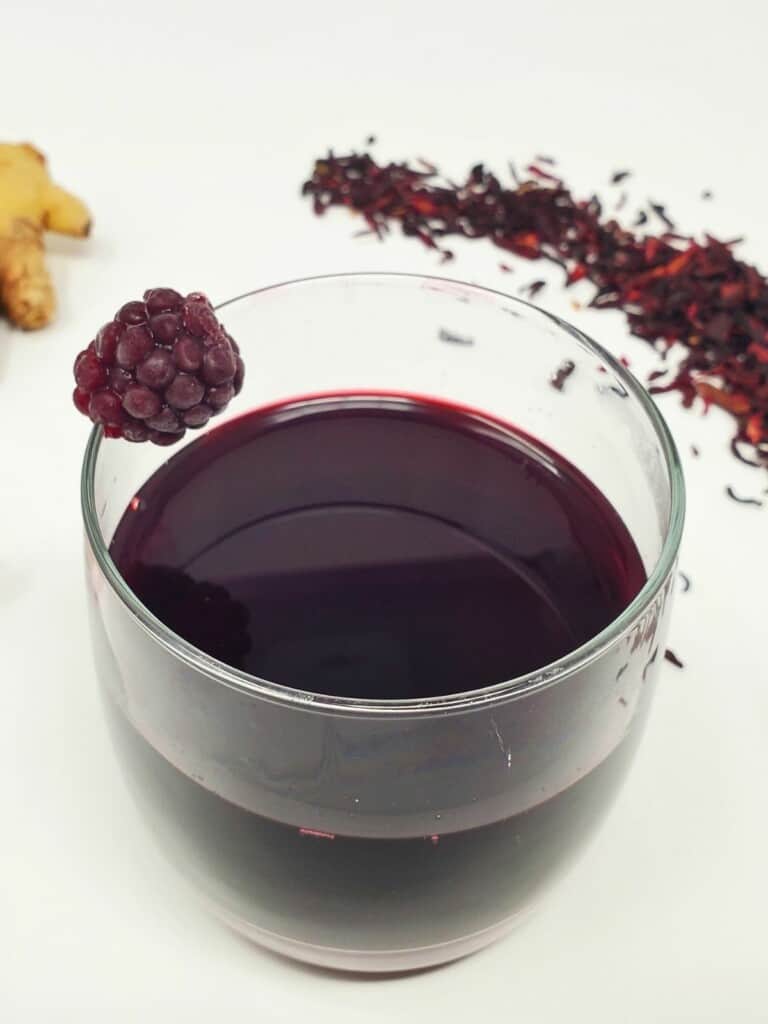
Roselle tea benefits
- May lower blood pressure: hibiscus tea has been shown to have a positive effect on blood pressure, in turn potentially reducing the incidence of heart attacks, strokes, and kidney diseases.
- Rich in antioxidants: roselle tea is rich in antioxidants, primarily vitamin C, which can help protect against the oxidative cell damage caused by free radicals.
- May relieve menstrual cramps: hibiscus has been shown to provide relief from cramps and menstrual pain.
- May aid in weight loss: this tea may help with weight loss by reducing the absorption of carbohydrates and fats in the body, though only a spart of an otherwise healthy diet. There is no shortcut for weight loss, or at least no healthy one.
- May improve digestion: roselle tea has been shown to have a positive effect on digestion, potentially reducing symptoms of bloating and constipation when enjoyed after a meal.
Homemade Roselle Tea Recipe Card
As always, if you like the recipe, I really appreciate a 5 star review or comment!
📖 Recipe
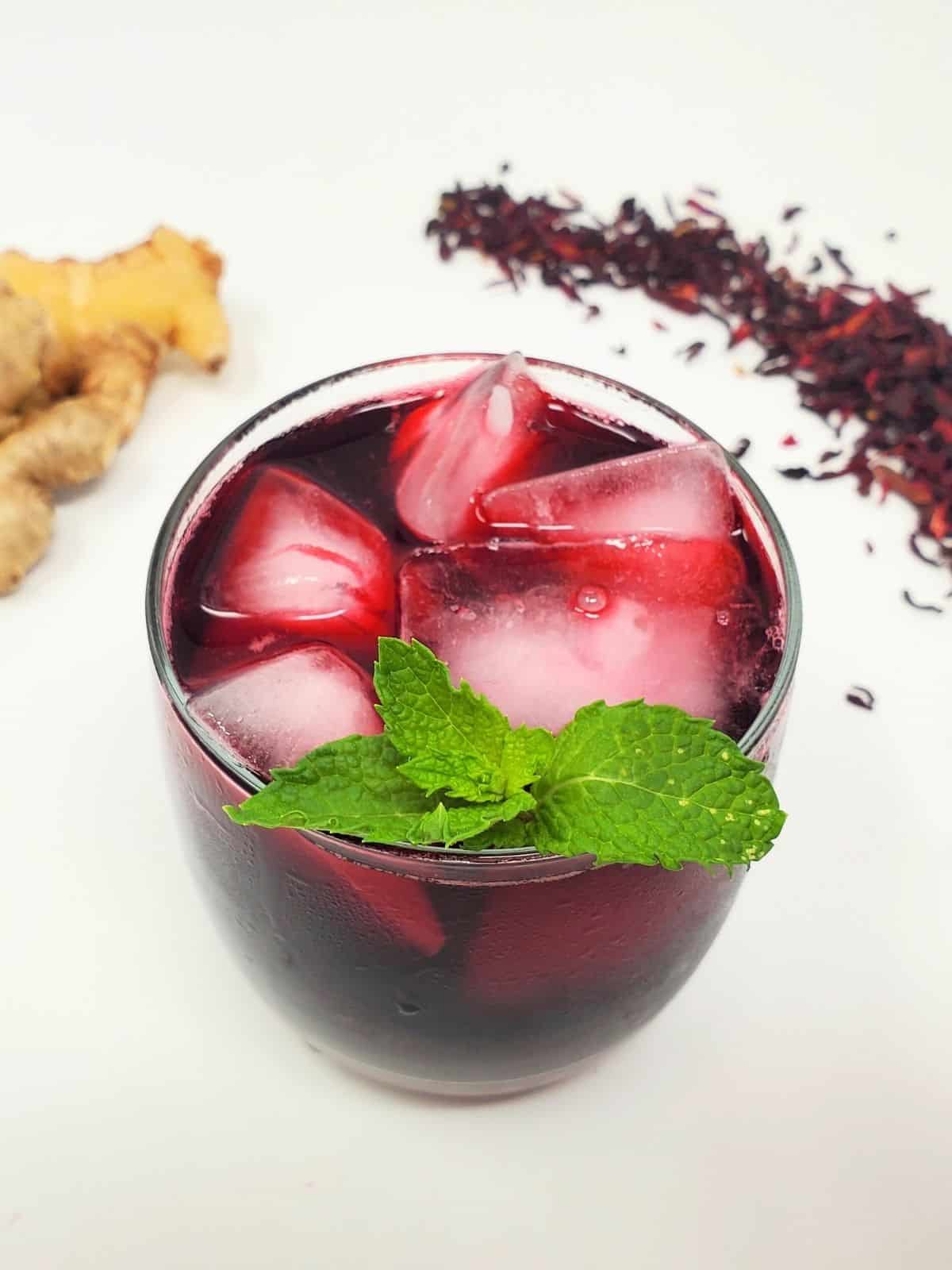
Easy Roselle Tea (Hibiscus Tea)
Ingredients
- 2 Tablespoons dried hibiscus flowers or ½ cup fresh hibiscus flowers, seed pods removed
- 1 Cup water
- optional 2 Tablespoons allulose alt. honey or agave
- optional ice cubes
- optional berries to garnish
Instructions
- Set 1 cup of water to boil on high, then measure out your roselle tea and cut & peel your ginger (if using).
- Once the water is boiling, add the dried hibiscus leaves, stir them until wet, and then put lid on askew and let it steep for 10-15 minutes.
- Filter the mixture to remove the flowers, then stir in your liquid sweetener if using (ginger syrup is a great alternative), and enjoy! If you want it over ice, put it in the fridge for about an hour, covered, then add ice & enjoy.
Notes
Hibiscus has a tart, tangy, and quite sour flavor with floral and fruity undertones, depending on how long you let it steep. It's most often compared to the taste of cranberries or pomegranate, but the intensity can be lessened with the addition of fizzy water or tap water, and is generally refreshing and enjoyable. How long does roselle tea last?
The shelf life of dried roselle tea can vary depending on how it's stored, but in an airtight container in a cool, dry place, it can last for up to two years. However, it's always best to check for a musty or off smell before making it. You can also prepare roselle tea ahead of time and keep it covered on the stove for an afternoon, but any longer and I'd turn it into ice cubes to reheat when I'd like more tea. Can I skip the ginger, or use a different herb?
Yes! You can make hibiscus tea with just the dried flowers, or you can add any type of complementary herb, fruit, or sweetener to the brew, as most people do. I recommend either berries, mint, or even apple juice to mix it up.

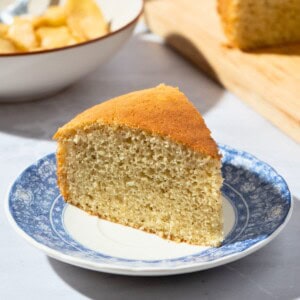











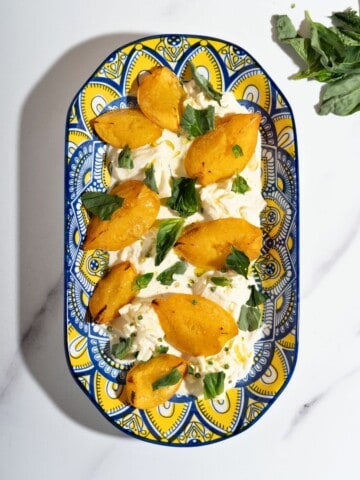
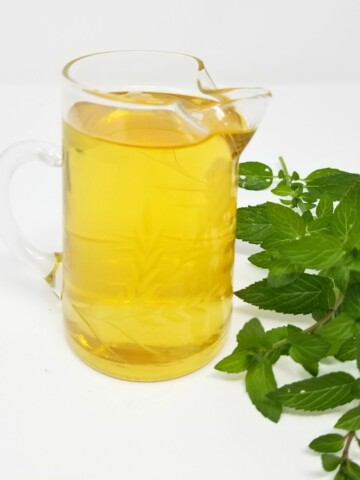

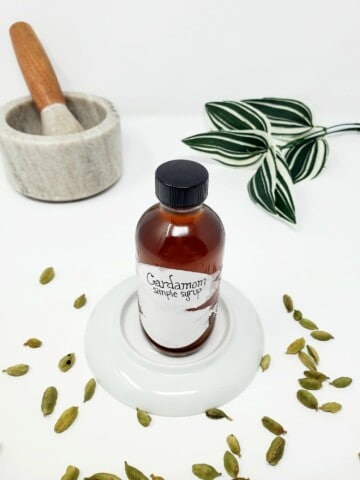
Comments
No Comments